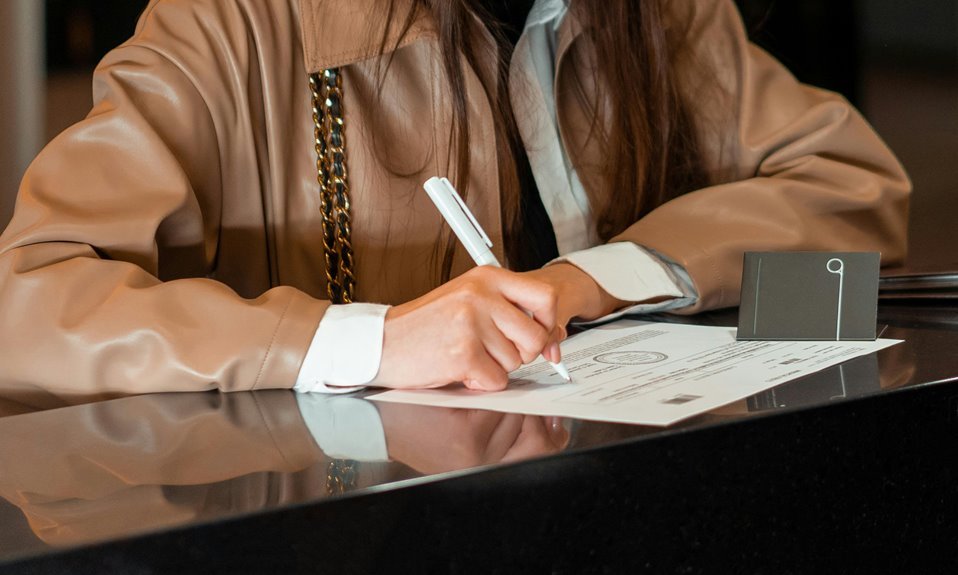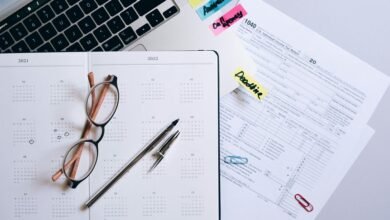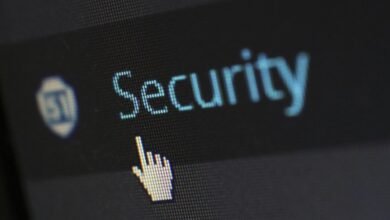
Telecom Caller Identity Verification Bureau 7064303024 9592050436 8014388316 7269001094 8777822103 3044274102
As you explore the role of the Telecom Caller Identity Verification Bureau, consider the significance of the contact numbers like 7064303024 and 9592050436. These numbers play a pivotal part in the Bureau’s mission to authenticate caller identities. Understanding how the Bureau systematically analyzes these contacts may reveal critical insights into combating identity fraud. What implications does this have for your trust in telecommunications? The answers might surprise you.
Overview of the Telecom Caller Identity Verification Bureau
As the need for secure communication grows, the Telecom Caller Identity Verification Bureau (TCIVB) plays a crucial role in enhancing trust in telecommunications.
By maintaining a comprehensive caller database, TCIVB actively combats identity fraud, ensuring that only verified identities connect through the network.
This proactive approach not only safeguards users but also promotes confidence in telecom services, ultimately fostering a more secure communication environment.
The Importance of Caller Verification in Today’s Digital Age
Caller verification has become increasingly vital in our interconnected world, where the rise of scams and fraudulent activities threatens consumer trust.
How the Bureau Utilizes Contact Numbers for Verification
In the realm of telecommunications, the Bureau employs a systematic approach to utilize contact numbers for verification purposes.
Through comprehensive contact number analysis, it evaluates patterns and associations linked to each number. This verification process ensures accuracy, reduces fraud, and enhances user trust.
Steps to Verify Caller Identity Using Bureau Resources
To effectively verify a caller’s identity using Bureau resources, you should follow a structured approach that prioritizes accuracy and efficiency.
Start by collecting relevant data, such as the caller’s phone number and location.
Next, utilize Bureau databases for cross-referencing.
Finally, assess any discrepancies during the verification process to ensure the caller identity aligns with the provided information, enhancing your overall security measures.
Conclusion
In a world where trust is the cornerstone of communication, the Telecom Caller Identity Verification Bureau stands as a vigilant guardian. By turning numbers into shields against fraud, it empowers you to connect with confidence. Each verified call symbolizes a barrier against deception, ensuring your conversations remain secure. As you navigate this digital landscape, remember that with every verified caller, you’re not just receiving a call; you’re embracing a safer, more trustworthy communication experience.




